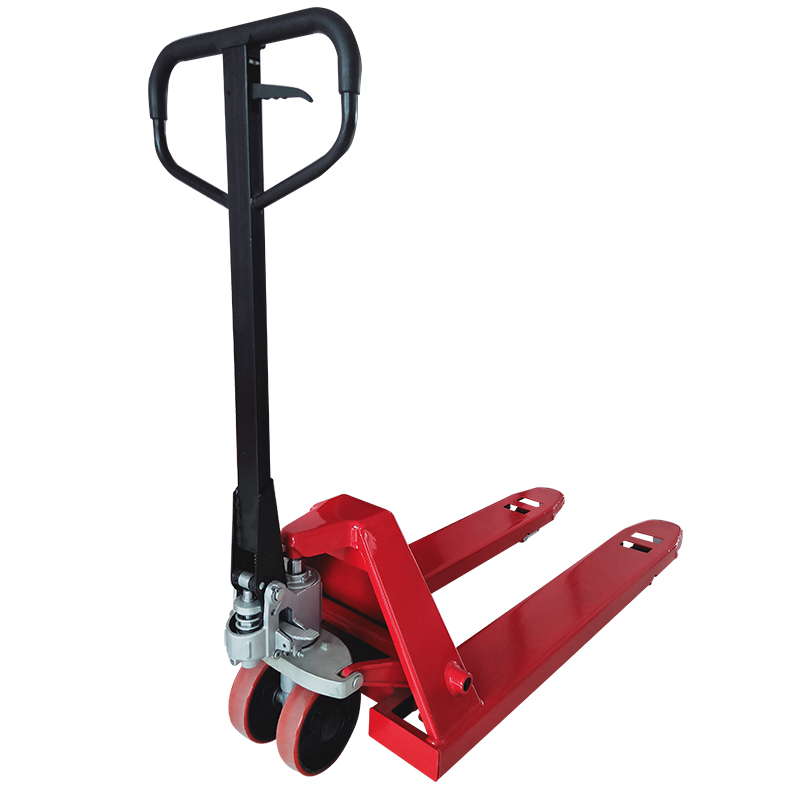


The Evolution and Importance of Electronic Hanging Scales
In the realm of weighing technology, electronic hanging scales have emerged as a pivotal tool across various industries, providing precise measurements that enhance operational efficiency and accuracy. The fundamental design of these scales, typically featuring a hook for suspending the item being weighed, coupled with an electronic display, has transformed the way we approach weighing tasks, from simple household uses to complex industrial applications.
Historical Context
The journey of weighing scales dates back to ancient civilizations, where balance scales were primarily used. These traditional scales relied on direct mechanical systems, which, while functional, required a considerable amount of manual effort and could often lead to inaccuracies. With the advent of electronic technology in the late 20th century, the transformation began. Electronic hanging scales, utilizing load cells and digital displays, quickly gained popularity due to their ease of use and the ability to provide rapid, accurate measurements.
Functionality and Features
At their core, electronic hanging scales operate by converting the weight of an object into an electrical signal, which is then processed and displayed digitally. This advancement eliminates the guesswork and subjective interpretation that came with mechanical counterparts. Most modern electronic hanging scales are designed to accommodate a wide range of weights, making them versatile tools for various applications, from fishing and hunting to shipping and industrial use.
Many electronic hanging scales come equipped with features such as tare functions, which allow users to subtract the weight of containers, ensuring that only the load is measured. Additionally, some models include Bluetooth connectivity, enabling data transmission to mobile applications for further analysis and record-keeping. This integration of technology streamlines workflows, especially in commercial and industrial settings where tracking inventory and managing resources efficiently is vital.
Applications Across Industries

The utility of electronic hanging scales is evident in multiple sectors. In the agricultural industry, farmers utilize these scales for weighing livestock or produce, allowing for better management of resources and improved financial planning. In retail settings, they are used to weigh goods quickly and accurately, providing customers with precise pricing based on weight.
Furthermore, in the shipping and logistics sector, electronic hanging scales play a critical role in ensuring that cargo weight is accurate, thus preventing potential overload issues and ensuring compliance with transportation regulations. The healthcare industry also benefits from these scales, using them for weighing medical supplies and equipment, ensuring that inventory is managed effectively.
Benefits of Electronic Hanging Scales
One of the primary advantages of electronic hanging scales is their accuracy. Compared to mechanical scales, which can be influenced by external factors like humidity and temperature, electronic models provide reliable readings that are less prone to error. Moreover, the digital display is easy to read, reducing the likelihood of misinterpretation common with dial indicators.
Another significant benefit is their portability. Most electronic hanging scales are lightweight and battery-operated, making them convenient for on-the-go use. This portability combined with durability means they can handle varied environments, from the field to warehouses, enhancing work flexibility.
Conclusion
As we embrace the digital age, the importance of accurate measurement systems like electronic hanging scales cannot be overstated. Their evolution from mechanical origins to modern electronic devices reflects a broader trend towards automation and precision in everyday tasks. Whether for personal use or within industrial applications, these scales represent a critical advancement in the quest for efficiency and accuracy in measurement. With ongoing technological advancements, we can expect further innovations in electronic hanging scales, making them even more integral to various sectors of society.



